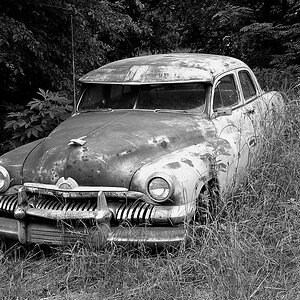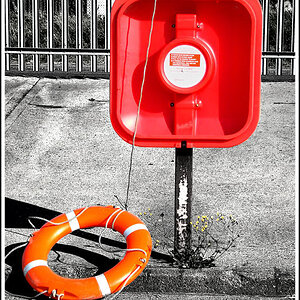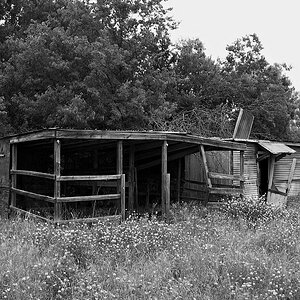techsup
TPF Noob!
Hi guys!
I do tech support for a photographer. She wants to distribute comp CDs with images on, so customers can get an impression. She also wants those images to be copy proof.
I say it can't be done... she says other photographers are doing it, but I can't find any tools for it.
Tried the usual silly buggers - burning RAW-data to prevent copying, encrypting files etc. I can always retrieve images.
So I need a clear answer: has anybody managed to copy protect photos on a disc? How?
Found a few threads on the boards, mostly supporting my view... hope somebody can prove me wrong
I do tech support for a photographer. She wants to distribute comp CDs with images on, so customers can get an impression. She also wants those images to be copy proof.
I say it can't be done... she says other photographers are doing it, but I can't find any tools for it.
Tried the usual silly buggers - burning RAW-data to prevent copying, encrypting files etc. I can always retrieve images.
So I need a clear answer: has anybody managed to copy protect photos on a disc? How?
Found a few threads on the boards, mostly supporting my view... hope somebody can prove me wrong



![[No title]](/data/xfmg/thumbnail/39/39472-acea19526f2c08f92fd1e95a92191bc2.jpg?1619739043)



![[No title]](/data/xfmg/thumbnail/31/31012-f5e0c7cdea2f2c3e44737e3f61c2461a.jpg?1619734567)


![[No title]](/data/xfmg/thumbnail/36/36653-04eb462de8b26218114605cd5ed176cf.jpg?1619737673)



